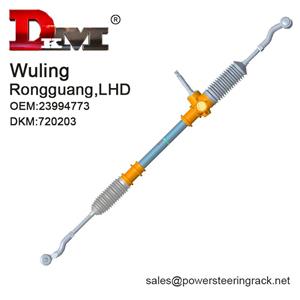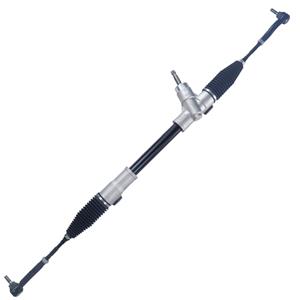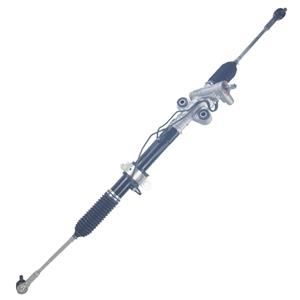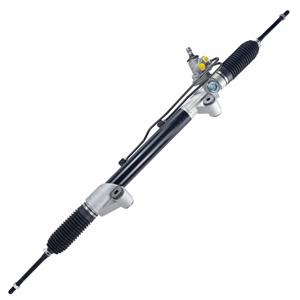News
The 54th AAPEX 2022
Jumpstart new opportunities – for you and your business – at AAPEX 2022.
-
DKM has launched a new product: the 701606/ C657 steering rack, OEM number 44200-42130. This RHD steering rack is suitable for TOYOTA RAV4 models equipped with hydraulic power steering rack. As an original replacement part, it's designed to precisely match vehicle specifications and effectively resolve common issues such as steering failure, oil leaks, and unusual noises, restoring the vehicle's original handling and driving safety. It's a reliable solution for these repair needs.
-
DKM has launched a new product: the 620301 / C505 steering rack, OEM number 490018112R . This LHD steering rack is suitable for Renault MASTER III models equipped with hydraulic power steering rack. As an original replacement part, it's designed to precisely match vehicle specifications and effectively resolve common issues such as steering failure, oil leaks, and unusual noises, restoring the vehicle's original handling and driving safety. It's a reliable solution for these repair needs.
-
3011-2025
Join Us at the Automechanika Dubai 2025
-
DKM has launched a new product: the 820101 steering rack, OEM number 12756288. This LHD steering rack is suitable for Ford Focus models equipped with hydraulic power steering rack. As an original replacement part, it's designed to precisely match vehicle specifications and effectively resolve common issues such as steering failure, oil leaks, and unusual noises, restoring the vehicle's original handling and driving safety. It's a reliable solution for these repair needs.
-
2312-2020
DKM Introduction
-
2912-2020
DKM Culture
-
2312-2020
Brand Concept
-
2312-2020
DKM History
-
2312-2020
DKM Glory





